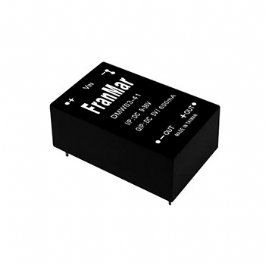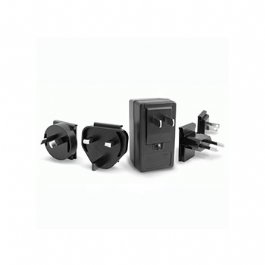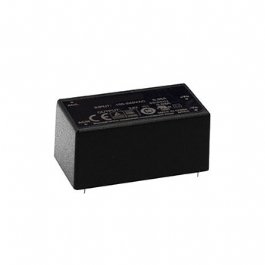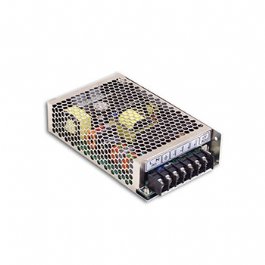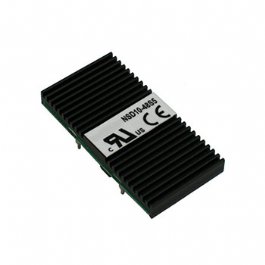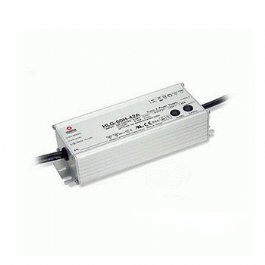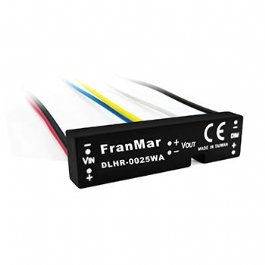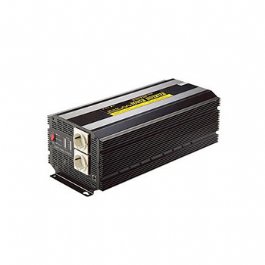Knowledge Center
Understanding the AC to DC switching power supply
| An AC to DC switching power supply is an electronic device that converts alternating current power from a source, such as a wall outlet, into direct current power suitable for use by electronic devices. A power supply can be external or internal. External often seen in devices such as mobile phone chargers and laptops. Internal power supply can be seen in larger devices such as industrial machines. |
| AC to DC switching power supply mainly converts power into the required voltage and current through different forms. The input power supply can be divided into two types: AC (e.g. mains) and DC (e.g. vehicle charging). The function of switching power supply is converting voltage and current between the two (convert the input AC mains 110V/220V through the isolated switching step-down circuit to various low-voltage DC power required by each device, such as 5V, 12V, 24V and etc). Therefore, the power supply is equipped with high-voltage and high-power components for processing low-voltage and control signals. |
| The power conversion process is : AC input → EMI filter circuit → rectifier circuit → power factor correction circuit (active or passive PFC) → power stage primary side (high voltage side) switch circuit is converted into pulse current → main transformer → power stage secondary side (low voltage side) rectifier circuit → voltage adjustment circuit (such as magnetic amplification circuit or DC-DC conversion circuit) → filter (smooth output ripple, composed of inductance and capacitance) Circuit → power management circuit monitoring output |



